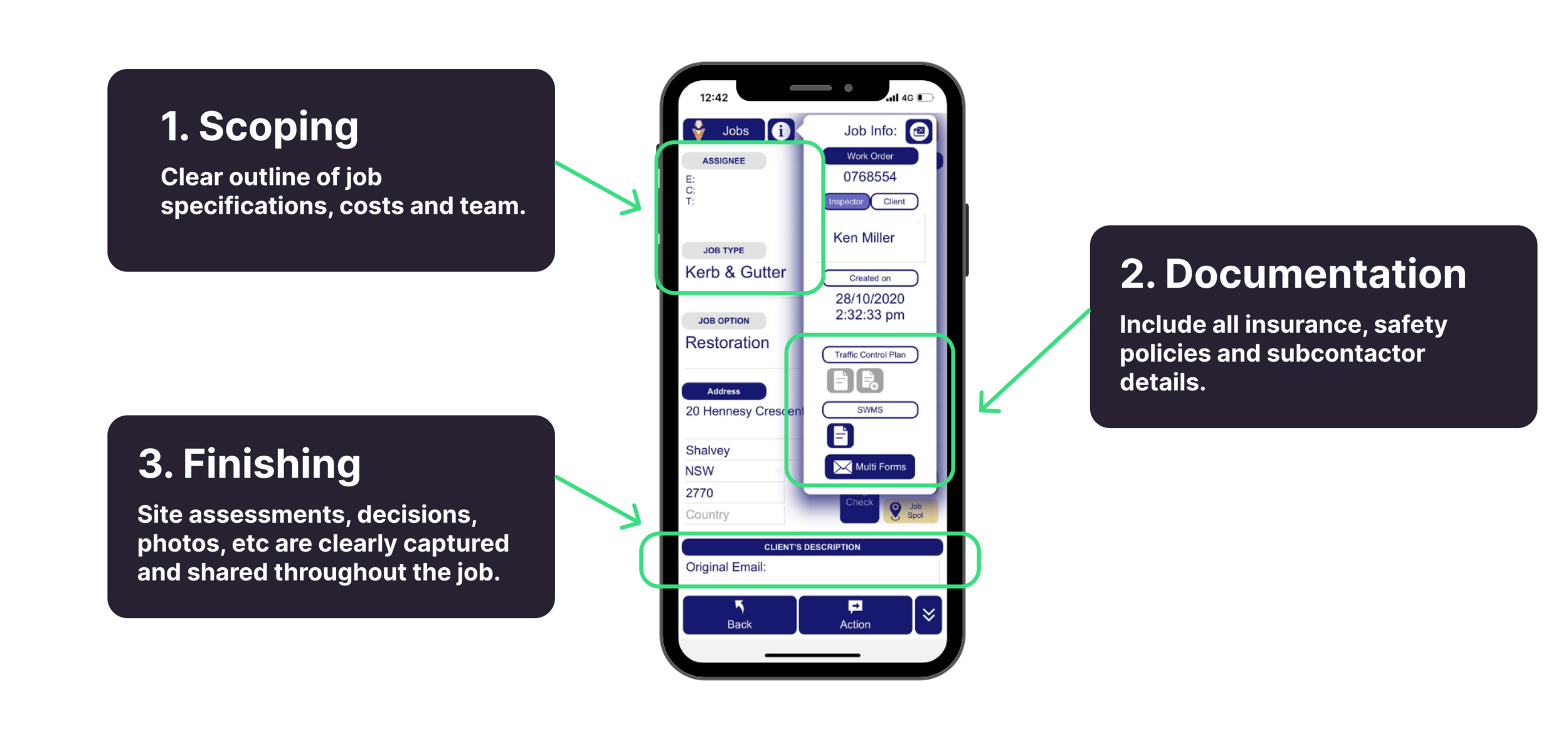A Guide For Tenders: How To Win Government Projects
Government contracts are a great opportunity for those working in construction. In NSW alone the government spends around $15 billion in good and services each year, meaning there are plenty of contracts if you know how to write a tender.
To get the best guidance, we talked to Stoy of Civilvisor. Stoy created Civilvisor after experiencing no simple way to track every important part of the tender process. This ranges from making sure your tender meets new council requirements to being able to document everything when a job is complete - an important part of preventing future complaints.
Here Stoy outlines the 5 steps in making sure your tender is in the best possible shape - including an example of a successful tender.
Why is a council or local government job worth the effort?
Don’t be put off if you’ve had an unsuccessful tender or not submitted one before. Scheduled rate agreement means that tender contracts run for 1-5 years between the Council and Contractor. This means that tenders are coming up all the time and that you may have more long-term jobs if your tender is successful.
If you’re put off just because of the effort required, there are plenty of tech tools that can help you.
Can technology help me win tenders?
Yes, but you’ll need to check that you're choosing an option that works for you. You should ask these three questions.
1. What is the cost of my time per tender?
Wasted time means wasted efforts and wasted resources. Time how long it takes to put a tender together, this will give you a good indication of if it’s worth spending money on a tool. Make sure you account for everything from data entry to time spent scoping material costs. These quickly add up.
2. Will it save me effort in the future?
There’s tools that can automate your operations. That means you’ll have a tool to manage civil concrete, excavation and roadwork jobs through an application for planning, delegation and recording to maintain consistency, security and profitability.
3. Do I trust the tool?
The last thing to check is who made the tool, is it someone from the industry who understands the challenges? Have they had successful tenders? If you’re spending the money, you want to make sure that there’s proof of success.
This is everything that Civilvisor offers, but I encourage you to look at what’s out there.
Five strategies to win council and local government tenders
There are quite a few new requests that are coming through and they all have to do with technology. The stand outs that we feel will get you across the line and help your pitch is to be equipped with the following;
Provide more information on how you would prepare for work in a large or small size job, i.e. replacement of several concrete footpath panels for public safety concern.
The proposed workflow from receipt of work order, scheduling to finish
Resourcing including workforce, traffic control, site safety management, plant, delivery and cartage, etc.
Record and reporting of site conditions with photos and measurements
Records and reporting of work with photos and measurements
An example of a winning tender
Using the Civilvisor platform as a reference, here are the three key essential areas of a tender:
Where can I get the latest information on tenders?
I recommend you regularly look at your state or local council’s posts, as you can see the NSW’s government’s website there are ongoing posting on open tenders.
If you want to get a demo on tools or the latest information on tenders, you can sign up to Civilvisor for here.


